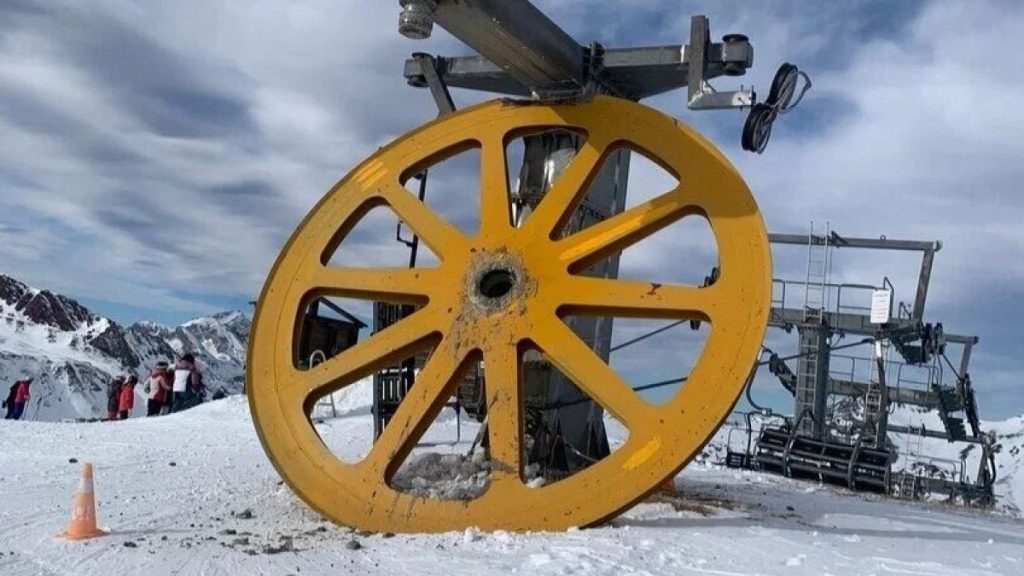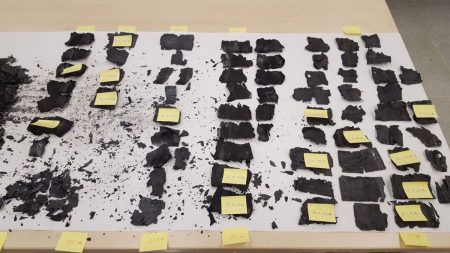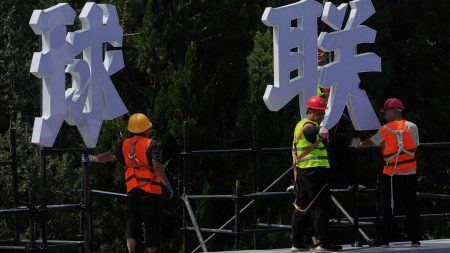The tranquil winter landscape of the Astún ski resort in the Spanish Pyrenees was shattered on a Saturday by a jarring ski lift accident that left at least 30 individuals injured and prompted a large-scale emergency response. The incident, which involved a malfunctioning chairlift, unfolded rapidly, sending shockwaves through the resort and raising immediate concerns about the safety of those onboard. Initial reports suggested that around 80 people were initially trapped on the affected chairlifts, highlighting the scale of the potential disaster. Eyewitness accounts painted a chaotic scene of bouncing chairs and individuals being thrown from the lift as a cable seemingly detached, plunging the peaceful mountain setting into a state of disarray.
The immediate aftermath of the accident saw a swift and coordinated response from regional emergency services. Several helicopters were deployed to the area, their rotors cutting through the crisp mountain air as they worked to evacuate those stranded on the malfunctioning lift. Paramedics and rescue personnel attended to the injured, assessing the severity of their conditions and prioritizing those requiring immediate medical attention. Local officials confirmed that at least 10 of the injured were transported to nearby hospitals for further treatment, with two individuals sustaining serious injuries. The incident underscored the inherent risks associated with mountain recreational activities and the critical importance of rapid and effective emergency response in such scenarios.
As the rescue operation unfolded, a wave of concern rippled through Spain. Fernando Beltrán, a representative of the Aragon regional government, took to social media platform X (formerly Twitter) to provide updates on the situation, eventually confirming that all skiers affected by the accident had been safely evacuated. However, the emergency authorities clarified that hospitals across the region, including facilities in Jaca, Huesca, Miguel Servet, Clínico Universitario, Royo Villanova, and Barbastro, remained on high alert, continuing to receive and treat individuals injured in the incident. The widespread distribution of patients across various medical centers reflected both the significant number of casualties and the region’s preparedness to handle such emergencies.
The accident drew immediate attention from the highest levels of Spanish government. Prime Minister Pedro Sánchez expressed his shock and concern upon learning of the incident, extending his support to the injured and their families via a post on X. The Prime Minister’s public acknowledgment of the event underscored the gravity of the situation and served as a reassurance of governmental support for those affected. Authorities in Aragon swiftly ordered the complete evacuation and closure of the Astún ski resort, prioritizing the safety of all visitors and allowing for a thorough investigation into the circumstances surrounding the accident.
While the exact cause of the chairlift malfunction remained under investigation, preliminary accounts from eyewitnesses began to emerge. Some individuals present at the scene suggested that a loose component, potentially part of the mechanism responsible for the chairlift’s return loop, may have played a critical role in the incident, causing a section of the structure to give way. These initial observations provided a starting point for investigators as they embarked on the task of determining the precise chain of events that led to the accident. A comprehensive investigation would likely involve examining the mechanical integrity of the chairlift, scrutinizing maintenance records, and interviewing eyewitnesses to reconstruct the sequence of events leading up to the malfunction.
The Astún ski lift accident serves as a stark reminder of the potential risks inherent in recreational activities, especially those involving complex mechanical systems operating in challenging environments. While skiing and other winter sports offer exhilarating experiences, they necessitate robust safety measures and vigilant oversight to minimize the likelihood of such incidents. The prompt response of emergency services, coupled with the cooperation of resort personnel and government officials, played a crucial role in mitigating the impact of the accident and ensuring the safety of all those affected. The subsequent investigation will undoubtedly shed further light on the root causes of the malfunction and inform future safety protocols, aiming to prevent similar incidents from occurring in the future. The accident will undoubtedly prompt a review of safety standards and procedures at ski resorts across the region, underscoring the importance of continuous improvement and vigilance in ensuring the safety of all visitors.














